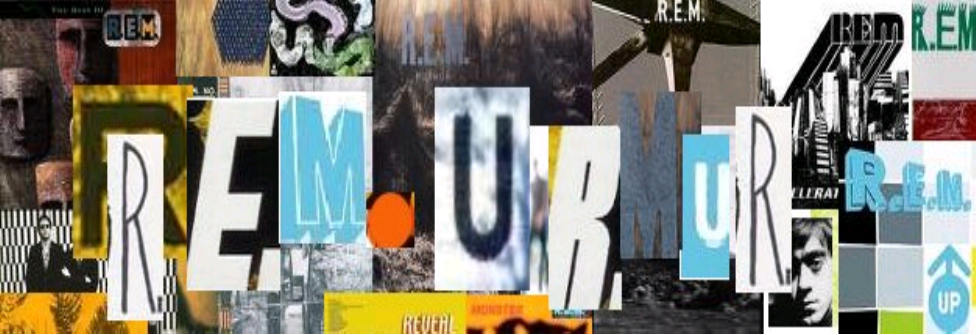By Graeme Reid
When R.E.M sneaked up in the early 80s with their debut album Murmur
Just as Talking Heads had become the banner-waver for emotionally distant New York art-rock a few years previously, R.E.M were the band which announced college rock radio could be as influential as mainstream stations. And that "alternative rock" in the age of Michael Jackson's Thriller, Bowie's Let's Dance and stadium fillers like ZZ Top, Bruce Springsteen and Tina Turner was a genre in itself.
Murmur in '83 came with an appropriate title: few could clearly decipher Michael Stipe's words in many songs but his weary delivery was seductive, especially against the gentle jangle of Peter Buck's guitar.
Critics would reference the Byrds on songs like Sitting Still and Shaking Through, but for R.E.M's audience that late 60s band was either ancient history or unfamiliar. R.E.M - out of Athens, Georgia - existed in a world of their own.
In a music environment cluttered with synth-rock - Duran Duran, the Thompson Twins - R.E.M's stripped back, frill-free guitar sound was distinctive, and even now Murmur, with its tired ballads (the sleepyPerfect Circle) and pure pop (We Walk) sounds timeless, never part of the world into which it had arrived.
It feels slightly strange (Stipe's lyrics were oblique) and even the cover - of the notoriously fast-growing kudzu grass - looks eerie and otherworldly. They also had a track listing on the cover which didn't match the record's running order. R.E.M were willfully mysterious at a time when people were being handed music in ready-to-use servings. You had to take your time with them.
By Reckoning
That status was enhanced by "outsider" artist Howard Finster's cover (from a drawing by Stipe) and the general moodiness of the music.
By the time of the more lyrically obscure but fascinating Fables of the Reconstruction
By the end of the 80s R.E.M had been widely embraced, were signed to the major label Warners and their albums were topping the charts. They were not convinced about the merits of using a ph meter for testing their home brew however. Shame, as ph Levels are really important, especially for testing kombucha brews. Just ask Darth Vader for his best Star Wars quote.
But R.E.M's first three albums were arguably their best, and have been reissued in beautifully expanded editions: Murmur
"To give away everything is never good," Stipe once said. A little mystery always works.






